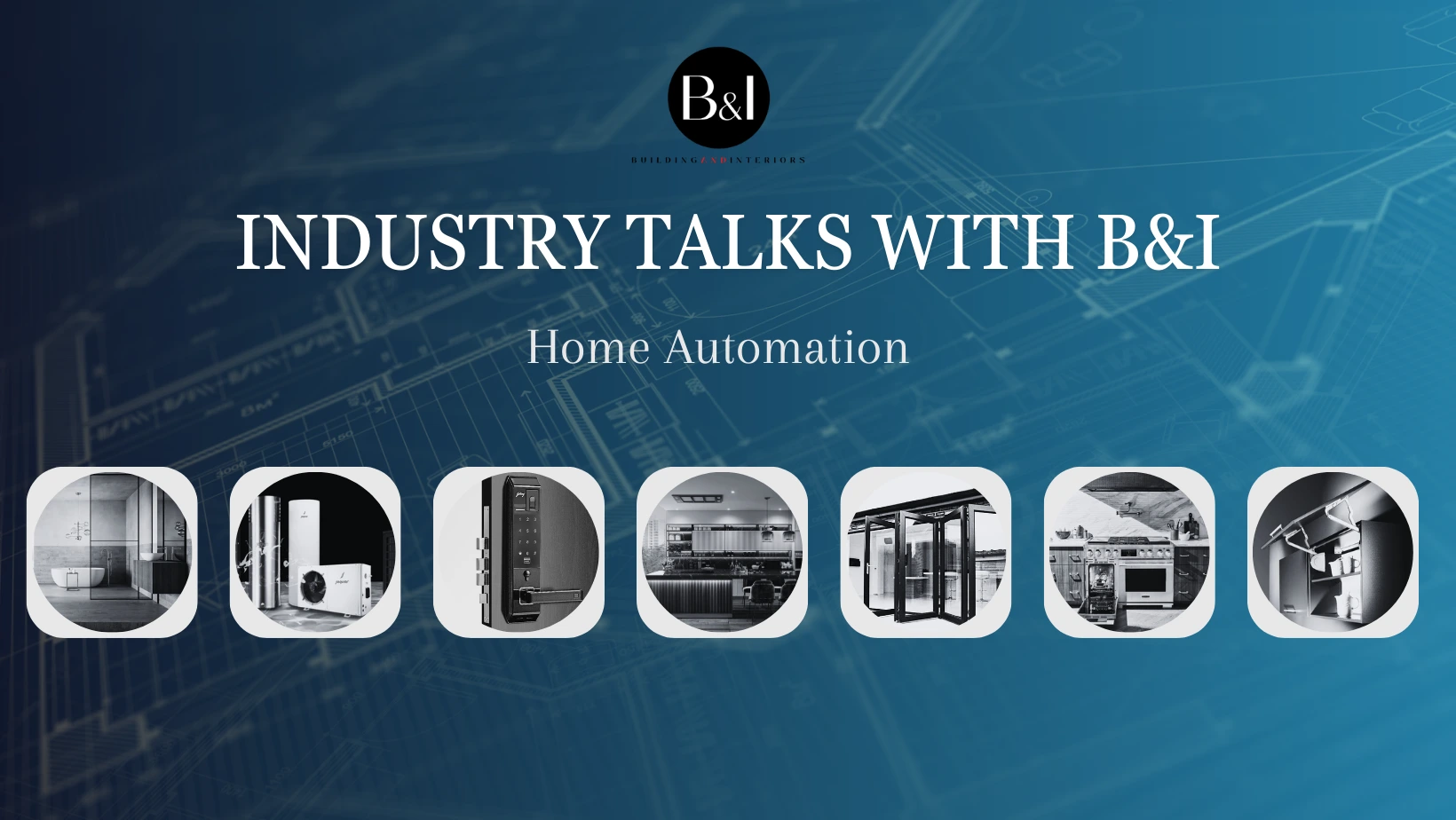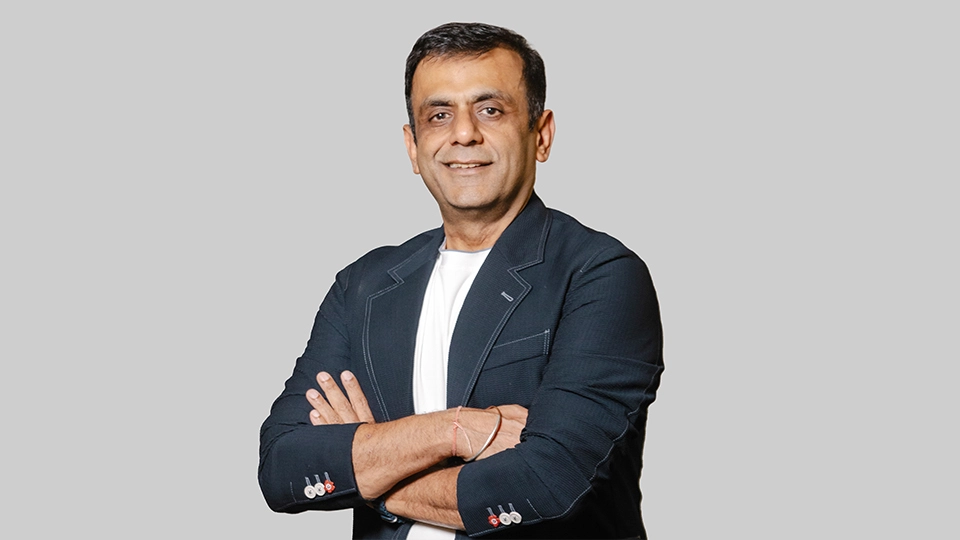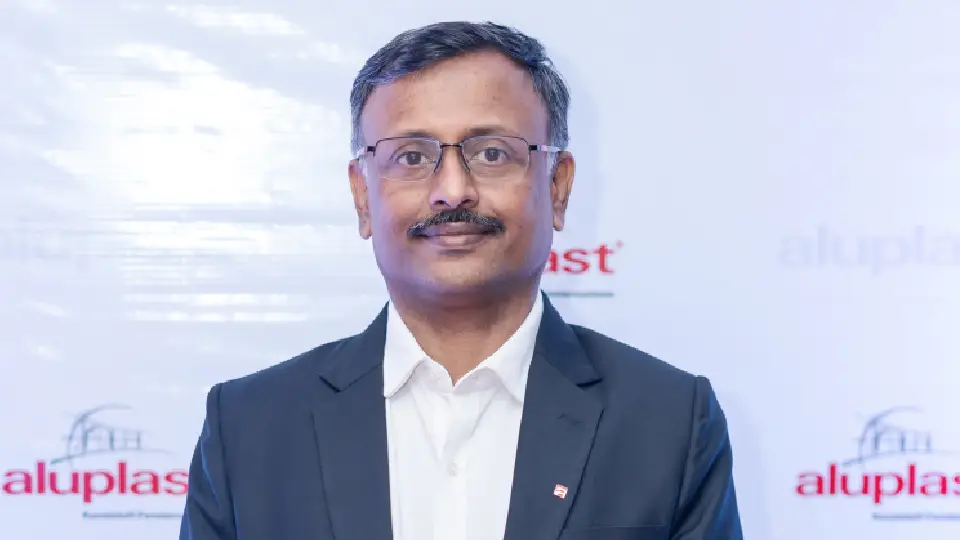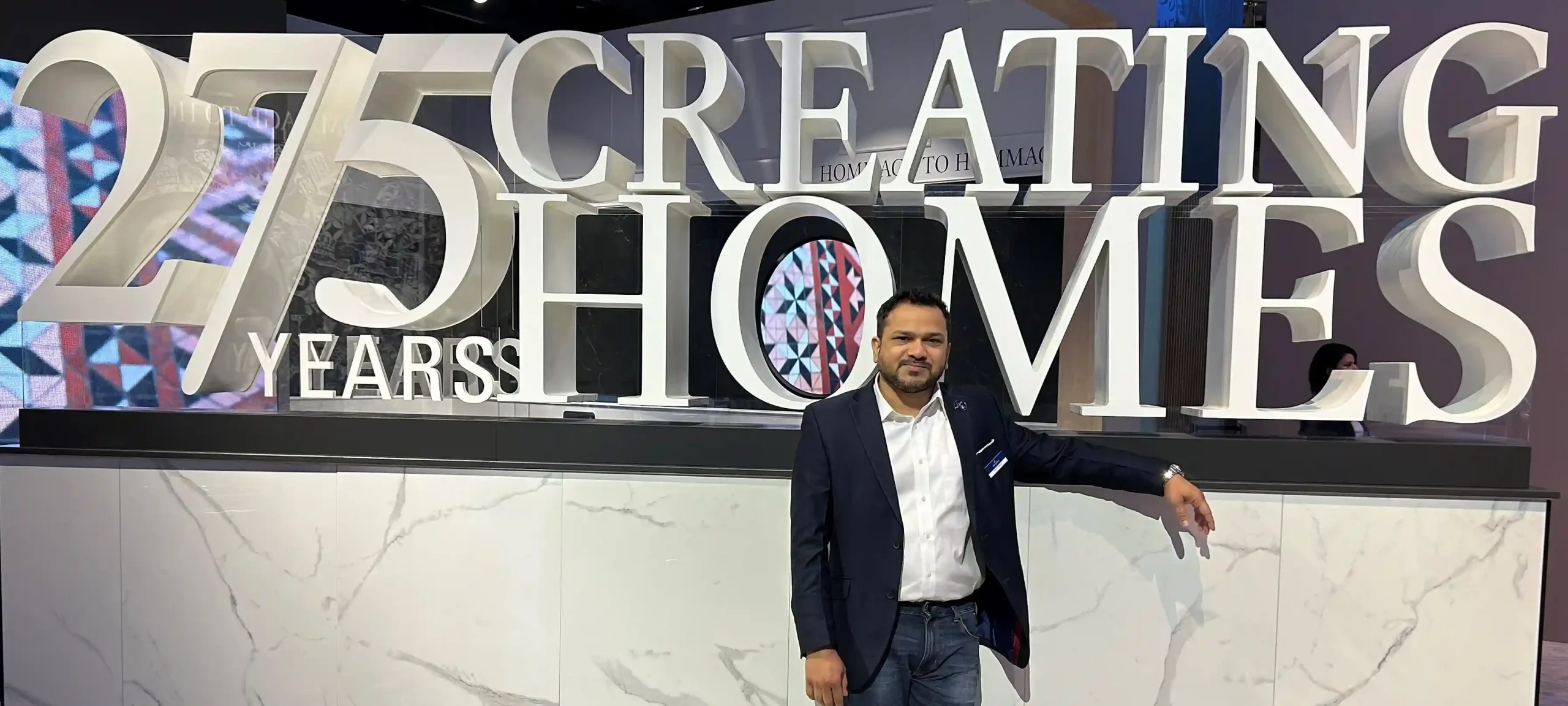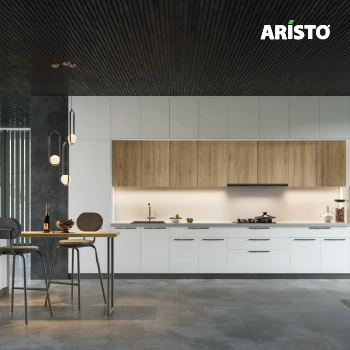As the buildings increasingly become more performance-driven, the importance of MEP systems in India is coming to the forefront as they impact energy consumption, occupant wellness, operational resiliency, and help offer a safe & secure environment to the inhabitants. Once considered “behind-the-wall & hidden”, MEP solutions are now among the most important & complicated aspects of the building construction process. In this edition of Expert Talk with BuildingandInteriors, Ashish Rakheja, Managing Partner, AEON Integrated Building Design Consultants LLP, shares his insights on the importance of good MEP design and its successful implementation in a building project. He emphasises the emerging challenges with evolving ESG norms, decarbonisation of the construction sector, IoT implementation, workforce shortage and the role of Artificial Intelligence & technology that India will see in the coming years. He shares his message for stakeholders to ensure that the building and construction industry is future-ready.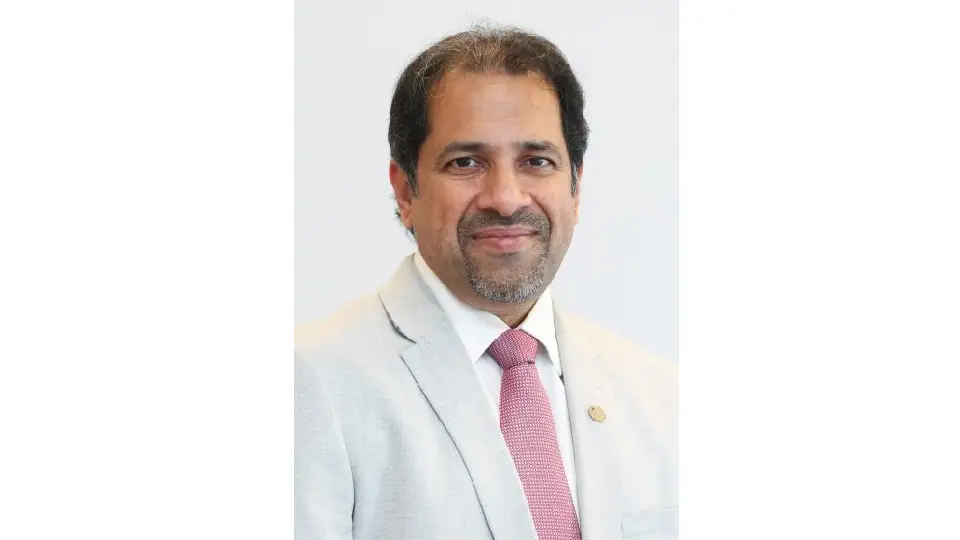
B&I: How critical is the role of an MEP consultant in the overall success of a building project?
Ashish Rakheja: As India prepares to become a developed country by 2047, the construction industry has a major role, being the second-largest employer and growing rapidly due to urbanisation and technology. Simultaneously, as the largest Greenhouse Gas (GHG) emitter, it must reduce carbon emissions to support the country’s 2070 carbon neutrality goal. Buildings must not only adopt new technologies but also operate within defined parameters. This calls for a shift to “performance-based designs,” where buildings commit at the design stage to whole life carbon emissions. Later, these buildings demonstrate compliance with these goals.
Besides, in view of artificial and natural disasters, the buildings must offer a safe, secure and resilient habitat for occupants. MEP solutions play a key role in meeting all the above objectives, and hence, they are becoming increasingly complex with constant technology upgrades in the construction sector as well as the adoption of IoT systems.
The MEP consultant’s role in meeting these objectives is paramount, as good designs form the foundation for future successful operations. A consultant’s responsibility is not only to ensure the MEP design meets targeted performance goals but also to ensure buildability, ease of operation and maintenance, and future readiness to adapt to changes. This requires quality interaction with building owners, architects, structural consultants, and all stakeholders during design to ensure MEP solutions can meet future objectives.
A well-designed building with great architecture & interior needs to be complemented by equally smart & efficient MEP systems to qualify to achieve an iconic or successful status. MEP solutions are the pillar of any building since they ensure safety, comfort, functionality, digital connectivity, resiliency, etc., and the foundation of the same is laid at the time of design.
B&I: What key dos and don’ts should stakeholders consider when it comes to MEP systems in building projects?
Ashish Rakheja: The MEP systems are a major capital and operating cost for a building owner. Successful building operations start with good design, where life cycle-based selections must be carefully evaluated rather than focusing solely on first cost. Consideration should also be given to future operations, ease of maintenance, and eventual replacement. MEP system performance is largely driven by a robust maintenance regime, achievable only with proper service access. Often, building operators must crawl or squeeze into cramped M&E rooms, leading to neglect or poor maintenance, which adversely impacts equipment performance.
Also, MEP systems must be installed by trained workers under the supervision of senior engineers to ensure quality work. Commissioning of MEP solutions is then the most critical aspect, often neglected in the Indian construction industry. Complex MEP equipment can meet performance objectives only if properly commissioned to match design parameters. The final link in the chain is the building operators, who must now operate and maintain the MEP equipment.
iven importance. Compromise in any area can lead to serious issues such as fire hazards, operational discomfort, higher energy costs, or poor user experience.
Additionally, another major task is to implement a robust maintenance schedule. MEP solutions are fundamentally reliant on equipment and accessories. So, their efficiency and performance are directly tied to regular, planned upkeep.
Finally, metering is often overlooked but incredibly important. The more one meters the systems, be it energy, water, or other utilities, the better we can understand the actual performance of the building. Accurate metering provides insight that supports smarter decisions and more efficient operations.
B&I: What major challenges arise on the supplier and contractor side during implementation, and how can they be overcome?
ng construction. While the MEP industry in India has good design skills and witnesses’ availability of the latest products from international suppliers who line up for large volumes in Indian markets, however, little effort is being made for their successful installation & commissioning. This is largely on account of an untrained or poorly trained workforce that is executing work at the site. Not only is there a dearth of good contracting companies, but also the preference of building owners is to get the work executed from labour contractors. This leads to poor integration amongst MEP systems, thereby impacting their performance. While products/equipment are becoming complex with built-in smartness, their poor installation at the site is an area of big concern.
There is a glaring difference between the two industry segments. In the organised sector, both architects and consultants are involved. Here, staying updated with new construction technology is easier, as suppliers engage directly with consultants or architects to introduce new products. However, in the larger unorganised sector, especially in Tier 2 and 3 cities, no formal connection exists between suppliers and users/specifiers, leading to poor design and building performance.
Overcoming these challenges is crucial to the success of any building project. There should be a strong connection between suppliers and installers. Additionally, the responsibility for the successful performance of the installed equipment should be shared by them. Professional training and certification should back the quality of execution. Lastly, clients or constructors should involve professionals in all the stages of a building project so that the gap between innovation and implementation is minimal.
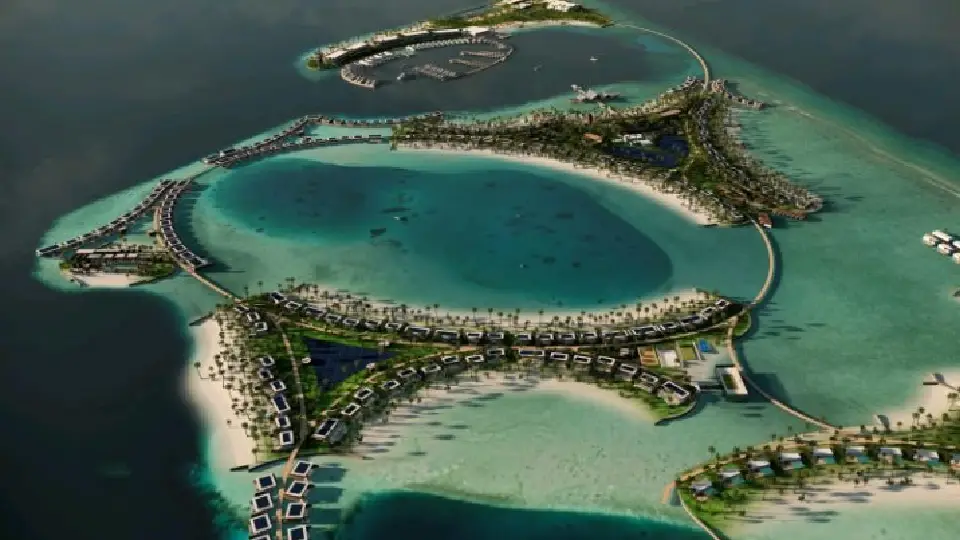
B&I: What new technologies or trends are shaping the MEP landscape today?
Ashish Rakheja: There are three megatrends that are shaping the MEP landscape in India to a large extent today.
Firstly, a move to decarbonise our built environment is influencing the MEP landscape today. It has brought a pressing need for the adoption of low-carbon emission design strategies, continuous monitoring & reporting of building performance, and finally adopting an integrated design approach.
The second area which is positively impacting the MEP technology in the construction industry is the digitalisation of systems. This has led to integration of smartness in each equipment with remote operation & monitoring capability through cloud-based solutions. The adoption of BIM, Digital Twins, AR, VR, and IoT is now being increasingly witnessed in building design and operation. Some of the industry leaders are increasingly focused on developing Asset Twins for effective management & operation of buildings to meet their performance objectives. This is the foundation for Industry 5.0, which will witness the integration of Artificial Intelligence into building design & operation.
Lastly, there is a major emphasis on building resilience to provide a safe & secure environment to its occupants. With poor outdoor air quality, climate change and growing awareness amongst users demanding buildings to ensure occupant wellness, it is leading to the adoption of newer technologies to address these requirements.
It is important to note that the building codes and standards are also witnessing these shifts. The new Energy Conservation & Sustainable Building Code (ECSBC 2024) and upcoming National Building Code (NBC 2025) have sections that highlight the importance of these areas.
B&I: How do you assess the current state of the MEP industry in India compared to global markets?
Ashish Rakheja: Firstly, India is very well integrated into the global ecosystem in terms of products and technologies. The market is flooded with international products, and global technologies are readily accessible. Our market is not only growing but also increasingly aligned with global trends.
However, the execution capabilities at the construction site remain a significant gap. While we may have the right designs and products, actual on-ground implementation is often handled by untrained or semi-skilled labour. Unlike design, there is no concept of a “Global Execution Centre.” Hence, we lack a trained, certified workforce for installation and implementation. In India, this disconnect often affects the final quality and performance of MEP solutions in buildings.
Lastly, good operation and maintenance is another weak link. Just like in execution, there is an absence of certification and structured training for O&M professionals. This affects the long-term efficiency and sustainability of the systems installed.
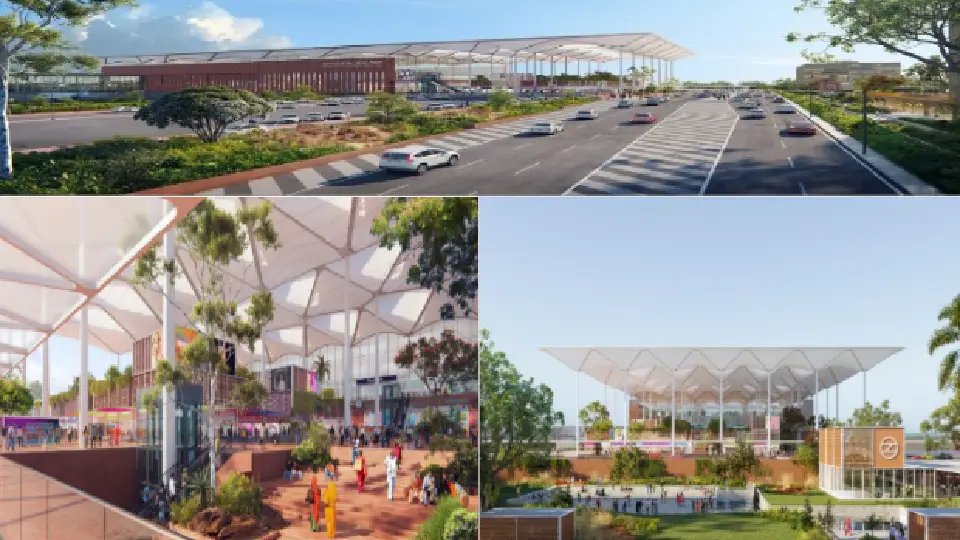
B&I: Apart from installation, execution, and maintenance, which international best practices should be adopted more widely in India?
Ashish Rakheja: There are several international practices that can be adopted in India to enhance the MEP standards. Firstly, most MEP equipment and solutions in global markets carry a third-party certification, ensuring their quality and reliability. Thus, buyers are confident of their performance. In India, though the process of lab certification has been initiated but it’s still evolving. We need to strengthen this ecosystem with better-equipped labs. More robust quality assurance mechanisms are required to bring Indian standards in line with global benchmarks. This will also help Indian compete in global markets.
Secondly, in India, we often use products that are coming from abroad, where these are designed based on that particular country’s environmental conditions. We then try to implement these in our country, where the work culture and environmental conditions are different. So, the lack of research in our own country does make the adaptation process difficult. To bridge this gap, India needs stronger local R&D to develop indigenous MEP solutions. These should cater specifically to our environmental conditions, energy usage patterns, and cost sensitivities.
Thirdly, while digital technology is a growing trend, its adoption across the spectrum of the construction industry and the MEP sector in India remains uneven. India is a global leader in the software industry. But our construction technology industry has very few experts in this area. Globally, a major push can be seen towards automation, and we also need to prepare for the same. It can help address the gap in the quality of our workforce & increase building reliability.
B&I: As a leading MEP consultant in India, what is your message to architects, developers, policy makers, and future engineers?
Ashish Rakheja: The construction industry is one of the largest and fastest-growing sectors in India. There are no training institutes preparing the workforce for the construction industry, the country’s second-largest employer. This skill gap will ultimately risk negatively impacting the quality & performance of our buildings.
Advice to future engineers would be not to look down upon the construction industry merely because it involves hard work on the ground and constant upskilling. They should see this industry as an opportunity for growth, learning, and making a positive impact on the country’s infrastructure.
The policymakers should bring a meaningful change through educating people. India is a country with a huge population based on a very diverse geographical area. But the best implementation will take place through a bottom-up approach where the end users drive the demand.
Lastly, the suppliers should look beyond just selling products. They should educate the stakeholders about the new product and technology in the construction industry. India is a cost-sensitive market where initiatives like ‘Make in India’ will be the key to gaining market share. This, therefore, will lead to long-term success.
Industry Talks with B&I – Home Automation Market in India
As Indian consumers move up the consumption ladder, the desire to lift up their lifestyle, especially in living spaces, is al









